Art Guides
19 Museum Shows to See in New York This Summer
Be prepared to see a lot of art this summer.
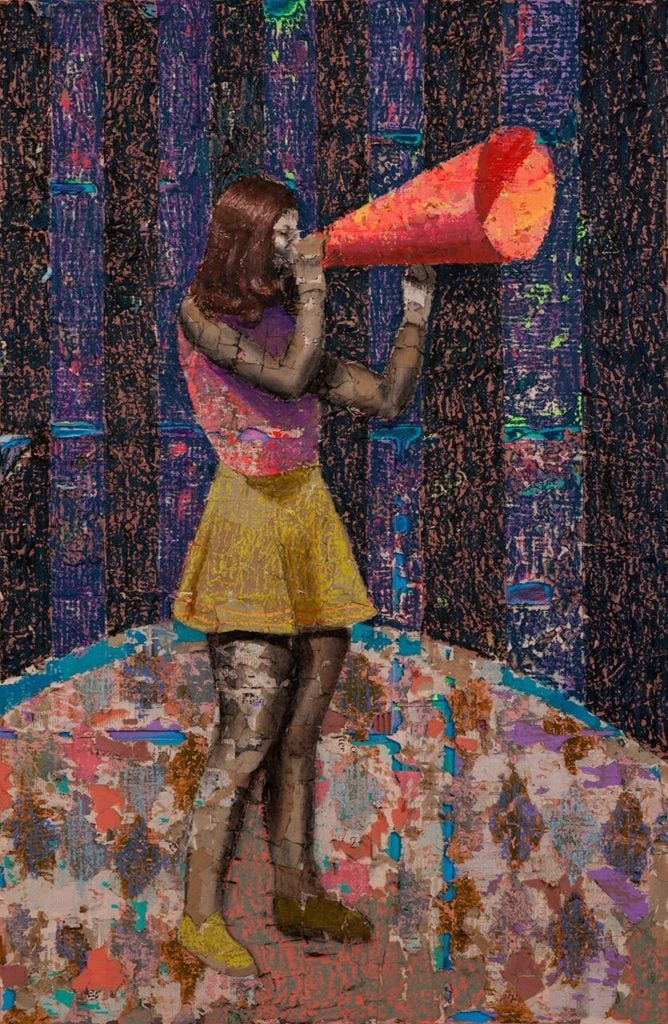
Be prepared to see a lot of art this summer.

Sarah Cascone

![]()
While New York’s galleries tend to take it slow during the summer, relying on group shows to get them through the heat, the city’s museums do no such thing, mounting ambitious exhibitions all across town. From the heavy hitters like the Museum of Modern Art to lesser-known gems like the Sugar Hill Children’s Museum of Art & Storytelling, here are some of the highlights worth adding to your summer to-do list this year.
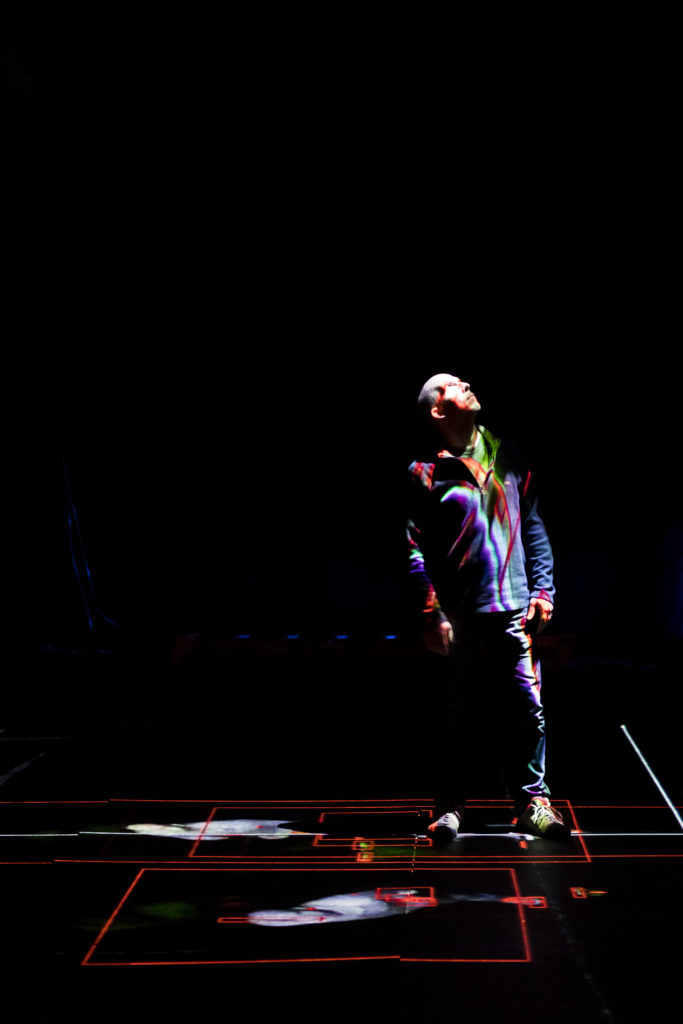
Mockup of installation detail of Hansel & Gretel at Park Avenue Armory. Courtesy of James Ewing.
1. “Hansel & Gretel” at the Park Avenue Armory, June 7–August 6, 2017
The classic fairy tale Hansel and Gretel becomes an immersive, interactive installation, overseen by constant surveillance. The piece is a collaboration between Chinese artist Ai Weiwei and architects Jacques Herzog and Pierre de Meuron, and is curated by Tom Eccles and Hans Ulrich Obrist.
The Park Avenue Armory is located at 643 Park Avenue, entrance on Lexington at 66th Street and is open Tuesday–Thursday, 12 p.m.–8 p.m.; Friday, 12 p.m.–10 p.m.; Saturday and Sunday, 12 p.m.–7 p.m. General admission is $15.
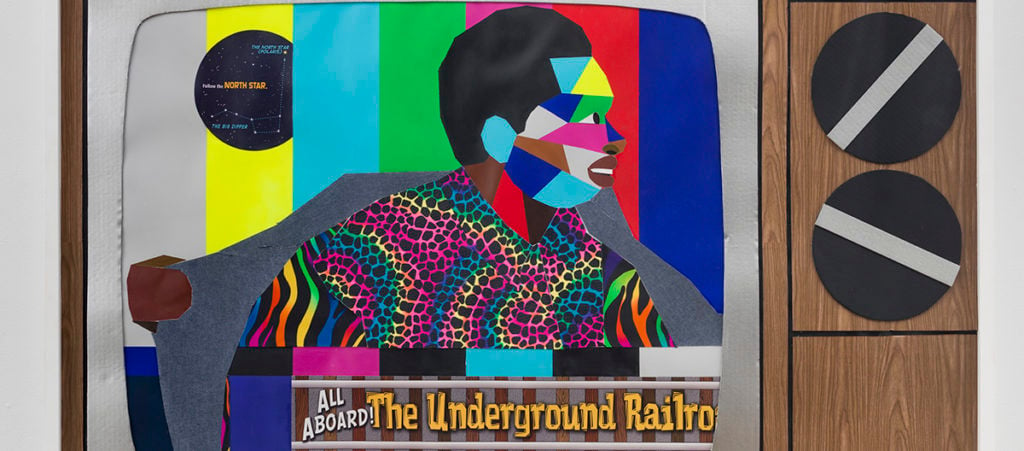
Derrick Adams, Runnin’ Things (2015), detail. Courtesy Tilton Gallery
2. “Maker, Maker” at the Children’s Museum of the Arts, June 8–September 10, 2017
Paul Laster and Renee Riccardo curated this 10-artist show, which features handmade works showcasing techniques such as crochet, woodworking, papier-mâché, collage, and macramé from the likes of Derrick Adams and Sanford Biggers.
The Childrens Museum of the Arts is located at 103 Charlton St. NYC, and is open Monday, 12 p.m.–5 p.m.; Thursday and Friday, 12 p.m.–6 p.m.; Saturday and Sunday 10 a.m.–5 p.m. General admission is $12.
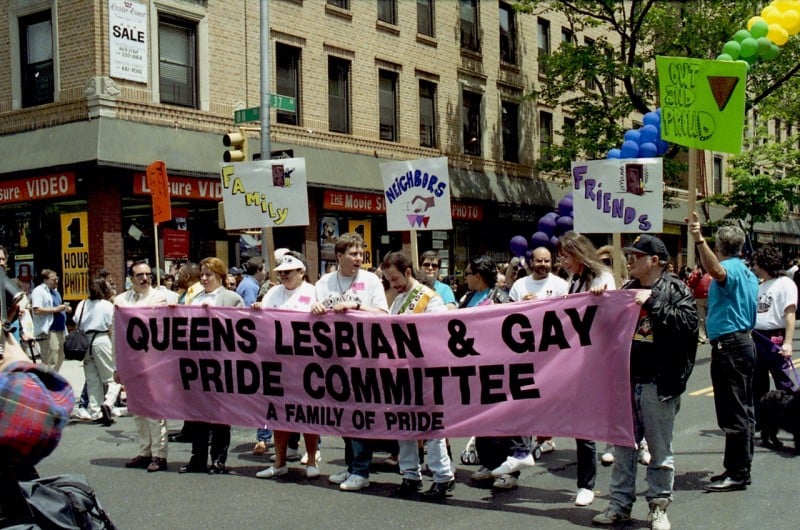
Richard Shpuntoff, Founders of the Queens Pride Parade Daniel Dromm and Maritza Martinez (1993). Courtesy the artist.
3. “The Lavender Line: Coming Out in Queens” at the Queens Museum, June 9–July 30, 2017
The city’s most diverse borough celebrates its LGBT community in this multimedia exhibition, which marks the 25th anniversary of the Queens Pride Parade. Daniel Dromm, the parade organizer and a Queens City Council Member, will share his extensive collection, recently accessioned to the LaGuardia and Wagner Archives, of photographs, flyers, and other historical materials that document both pride and protest events in Queens over the past quarter century.
The Queens Museum is located in the New York City Building, Flushing Meadows Corona Park, Queens, and is open Wednesday–Sunday, 11 a.m.–5 p.m. General admission is $8.
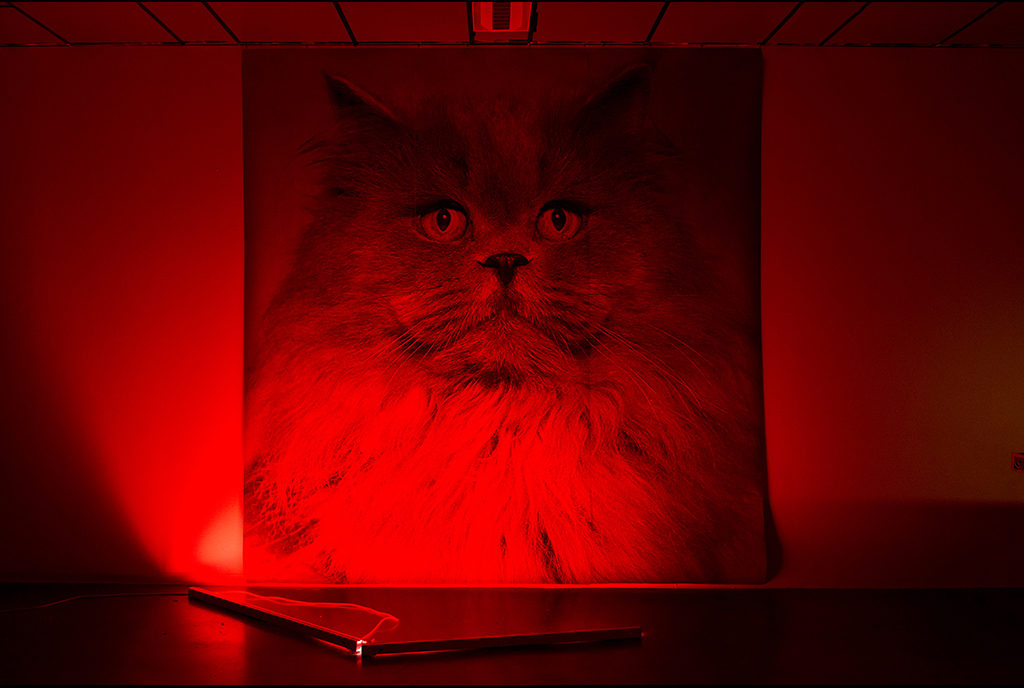
“Grand Ole Opera: Stewart & Stewart.” Courtesy of Pioneer Works.
4. “Grand Ole Opera: Stewart & Stewart” at Pioneer Works, June 9–July 30, 2017
Willie Stewart and Brent Stewart—both born in Tennessee, but no relation—have their first institutional solo show, inspired by the rebels who have performed at Nashville’s Grand Ole Opry. The immersive installation, featuring a revival tent, trailer homes, and a biker bar, will also serve as the stage for a summer concert series featuring 10 dates during the exhibition’s run. (It’s worth noting that it’s easier than ever to get to Pioneer Works, which is now a stop on the NYC Ferry’s South Brooklyn route.)
Pioneer Works is located at 159 Pioneer Street in Brooklyn, and is open Wednesday through Sunday 12 p.m.–7 p.m.; admission is free.
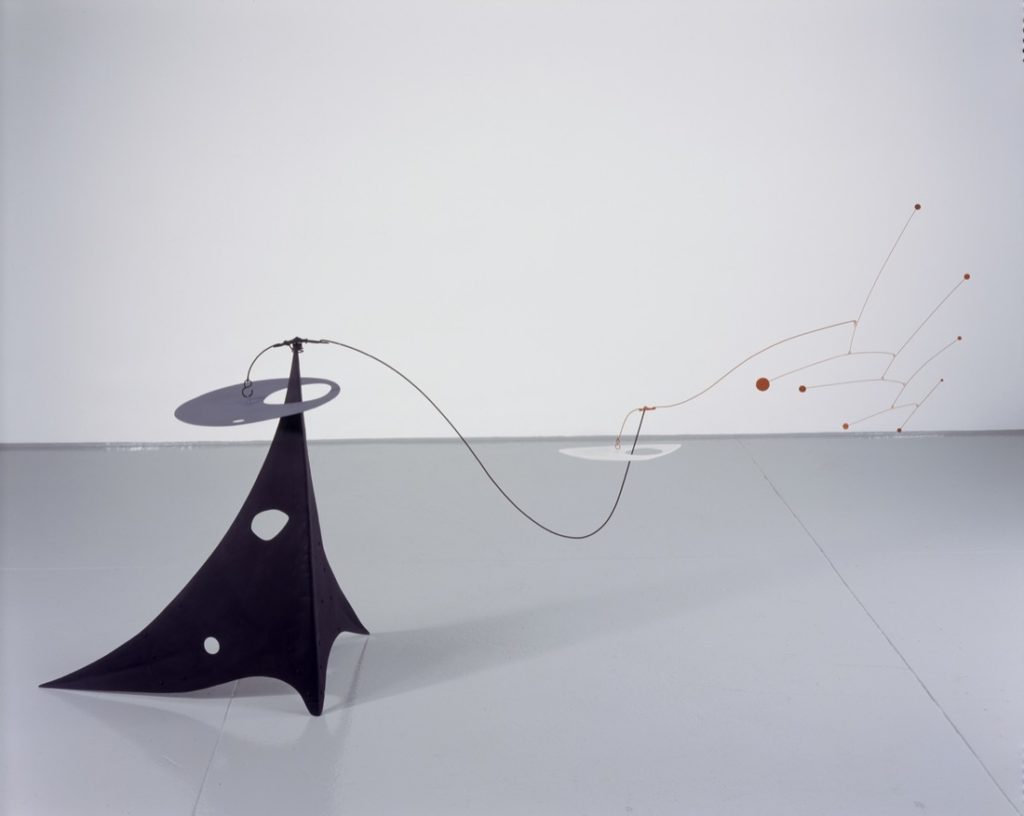
Alexander Calder, Parasite (1947). Courtesy of the Calder Foundation, New York. © ARS, NY/ the Whitney Museum of American Art.
5. “Calder: Hypermobility” at the Whitney Museum of American Art, June 9–October 23, 2017
See Alexander Calder’s kinetic sculpture come to life at this exhibition, which will include motorized works that have never been publicly displayed before. These extremely complicated and sophisticated pieces, which will be regularly activated during the show, blur the line between sculpture and machine, and highlight the inventor of the mobile’s lifelong interest in movement in art.
The Whitney is located at 99 Gansevoort Street, and is open Sunday, Monday, Wednesday, and Thursday, 10:30 a.m.–6 p.m.; and Friday and Saturday 10:30 a.m.–9 p.m. General admission is $22.

Esperanza Spalding. Courtesy of Tom Allen.
6. “Esperanza Spalding Selects” at the Cooper Hewitt, Smithsonian Design Museum, June 9, 2017–January 7, 2018
As part of the Cooper Hewitt’s ongoing “Selects” exhibition series, Grammy Award–winning musician Esperanza Spalding has chosen nearly 50 items from the museum’s extensive collection for her exhibition, which explores the relationship between music, design, and culture. Spalding has recorded new original music with Argentine musician and composer Leonardo Genovese that will play in gallery.
Cooper Hewitt is located at 2 East 91st St, and is open Monday–Friday from 10 a.m.–6 p.m.; Saturday, and Sunday, 10 a.m.–9 p.m. General admission is $16.
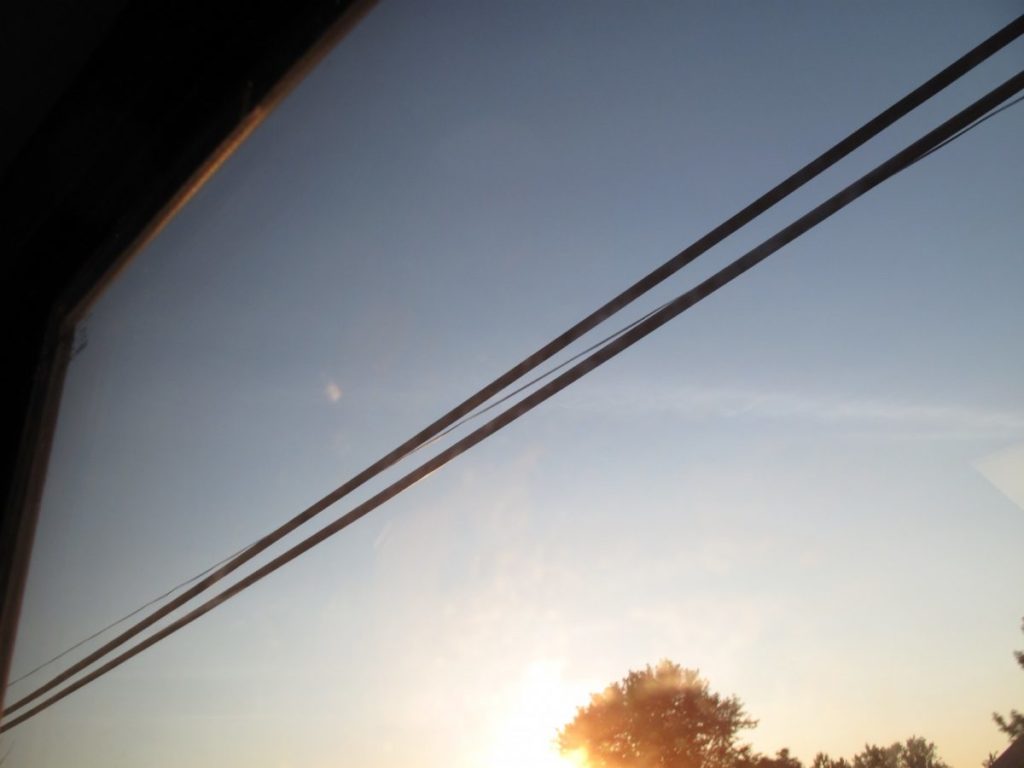
Lourdes Correa-Carlo,
Trajectories II (2013), detail. Courtesy of the Knockdown Center.
7. “Lourdes Correa-Carlo: Intended Trajectories” at the Knockdown Center, June 10–July 16, 2017
Inspired by her urban surroundings, Lourdes Correa-Carlo has taken photos of construction sites, items abandoned on the city streets, and building facades in New York City. Those images became the starting point for site-specific installations at the Knockdown Center that draw on the site’s history as, at different points, a glass factory and a frame and door company, playing with vestigial architectural features.
The Knockdown Center is located at 52-19 Flushing Ave, and is open Thursday and Friday from 5 p.m.–9 p.m.; Saturday and Sunday 2 p.m.–8 p.m.; admission is free.
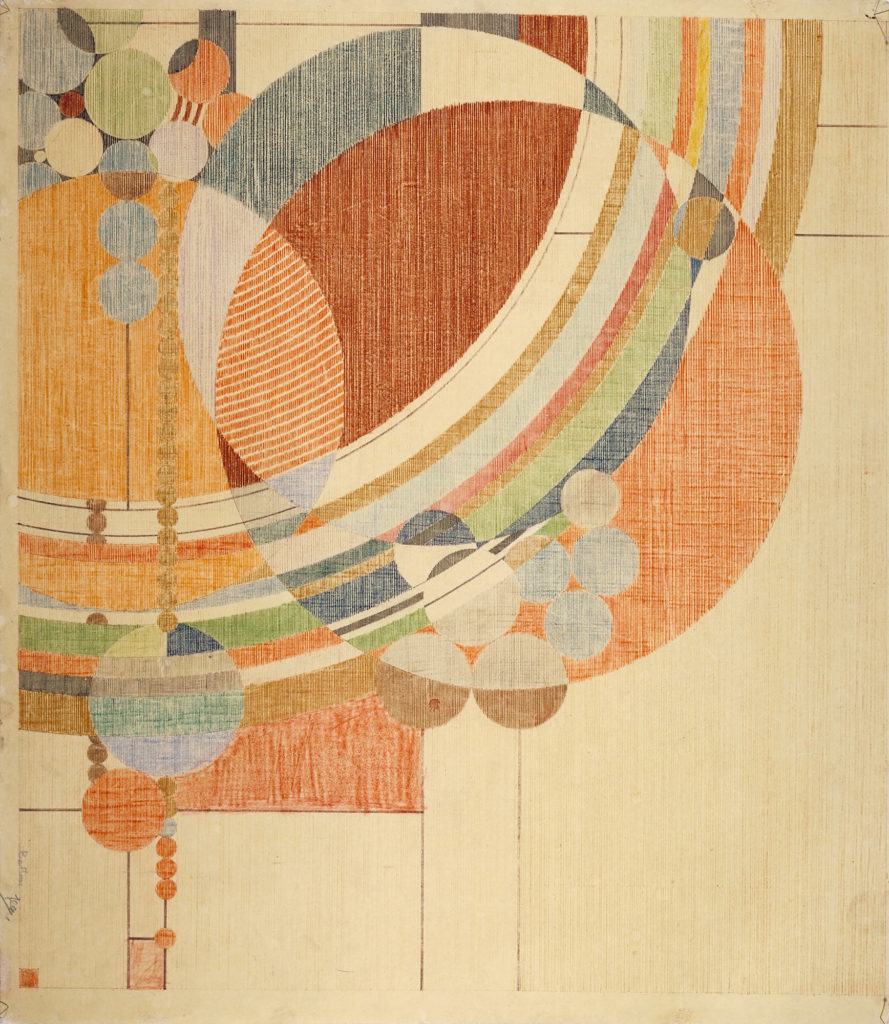
Frank Lloyd Wright, March Balloons (1955). Courtesy of the Frank Lloyd Wright Foundation Archives, the Museum of Modern Art | Avery Architectural & Fine Arts Library, Columbia University, New York.
8. “Frank Lloyd Wright at 150: Unpacking the Archive” at the Museum of Modern Art (MoMA), June 12–October 1, 2017
Frank Lloyd Wright (1967–1959) would have been 150 on June 8. Honoring this sesquicentennial, the MoMA will bring together 450 works made by the American architect between the 1890s through to the 1950s.
MoMA is located at 11 W 53rd St, New York, NY 10019, and is open daily 10:30 a.m.–5:30 p.m., Fridays 10:30 a.m.–8 p.m. General admission is $25, during UNIQLO Free Friday Nights, admission is free every Friday evening, 4 p.m.–8 p.m.
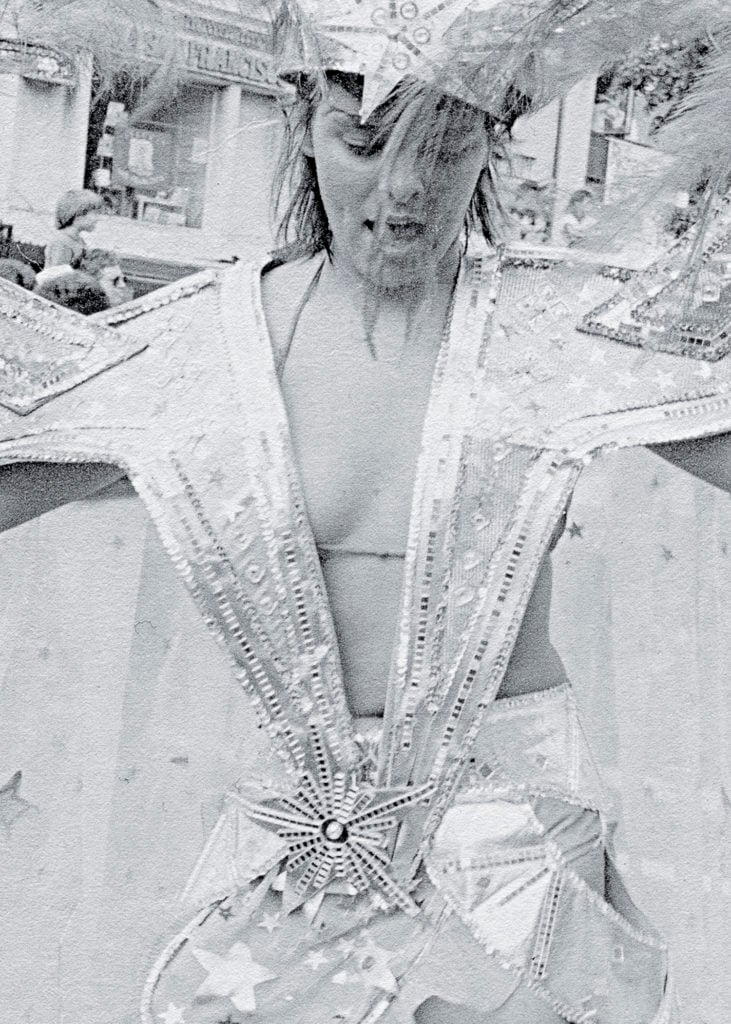
Jaime Permuth,
The Street Becomes (2017). Courtesy of the artist.
9. “uptown: nasty women/bad hombres” at El Museo del Barrio, June 13–November 5, 2017
As you might expect for a group show that takes two of President Donald Trump’s more objectionable remarks as its title, “uptown” is unafraid to engage with hot button political issues. Expect work confronting sexism, racism, and homophobia, and dealing with the health care debate, violence, the influence of the media, and environmental issues. The participating artists, who include Marquita Flowers, Ivan Monforte, and Nari Ward, all live or work in El Barrio, Washington Heights, and Inwood. The exhibition is being held in conjunction with the first “Uptown” triennial, at the Wallach Art Gallery at Columbia University (June 2–August 20, 2017).
El Museo del Barrio is located at 1230 5th Ave. and is open Wednesday–Saturday 11 a.m.–6 p.m.; Sunday 12 p.m.–5 p.m. General admission is suggested at $9.
The Wallach Art Gallery is located at 615 West 129th St. and is open Wednesday–Friday 12 p.m.–8 p.m.; Saturday and Sunday 12 p.m.–6 p.m.
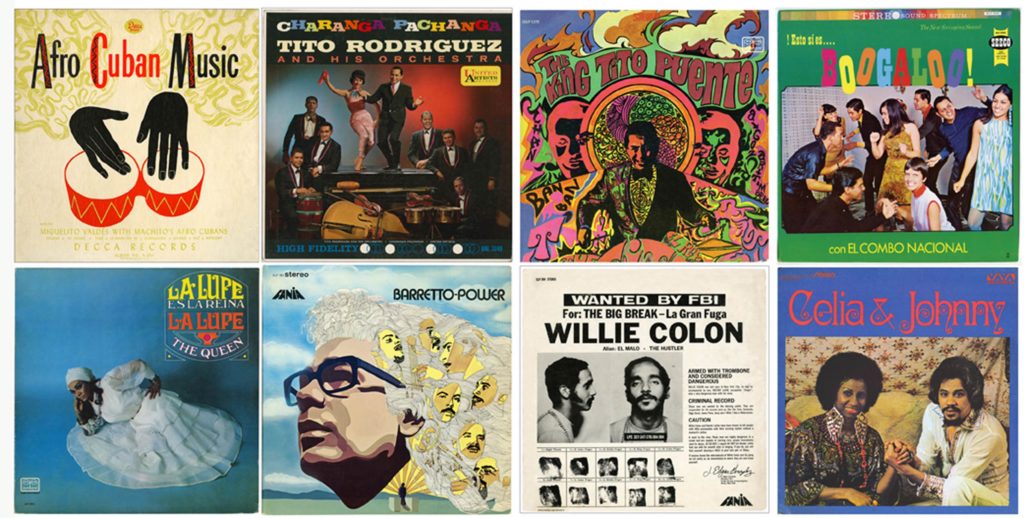
Album cover-collage by Pablo “Bongohead” Yglesias. All images © Fania Records.
10. “Rhythm & Power Salsa in New York” at the Museum of the City of New York, June 14–November 26, 2017
The Museum of the City of New York delves into the important role salsa dance has played for immigrants in New York city since the 1960s, unearthing its little-known ties to activist movements in the city. The exhibition also includes dance costumes and musical instruments.
The Museum of the City of New York is located at 1220 Fifth Avenue at 103rd St, New York, and is open daily 10 a.m.–6 p.m. General admission is $18, visitors under age 20 are free.
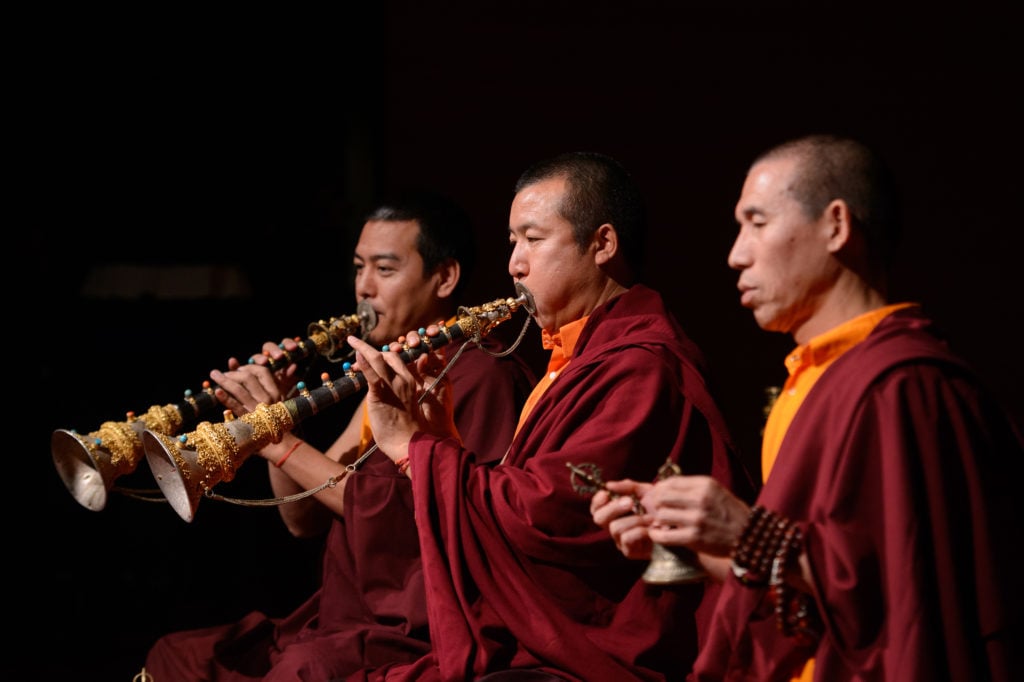
Monks recording Filip Wolak. Courtesy of the Rubin Museum of Art.
11. “The World Is Sound” at the Rubin Museum of Art, June 16, 2017–January 8, 2018
The Rubin Museum explores the many roles sound and listening play in Tibetan Buddhism in this exhibition of work by 20 artists, which pairs contemporary sound art work with historic pieces from the collection. Pioneering electronic sound artists Éliane Radigue, Laetitia Sonami, and Bob Bielecki will transform the museum’s spiral staircase into a site-specific installation, titled Le Corps Sonore, playing ambient drone sounds inspired by Buddhist philosophy as visitors descend and ascend.
The Rubin Museum of Art is located at 150 West 17th Street, and is open Monday and Thursday, 11 a.m.–5 p.m.; Wednesday, 11 a.m.–9 p.m., Friday, 11 a.m.–10 p.m.; and Saturday and Sunday, 11 a.m.–6 p.m.
12. “FORBIDDEN: Gay Erotic Photography Show” at the Leslie-Lohman Museum of Gay and Lesbian Art, June 16–June 18, 2017
Nine artists, including Kim Hanson, Charles Hovland, and Eugene Welsh, explore male sexuality in this group photography show.
The Leslie-Lohman Museum of Gay and Lesbian Art’s Prince Street Project Space is located at 127-B Prince Street, New York, and is open Friday, 6 p.m.–8 p.m.; and Saturday and Sunday, 12 p.m.–6 p.m. Suggested donation is $5.
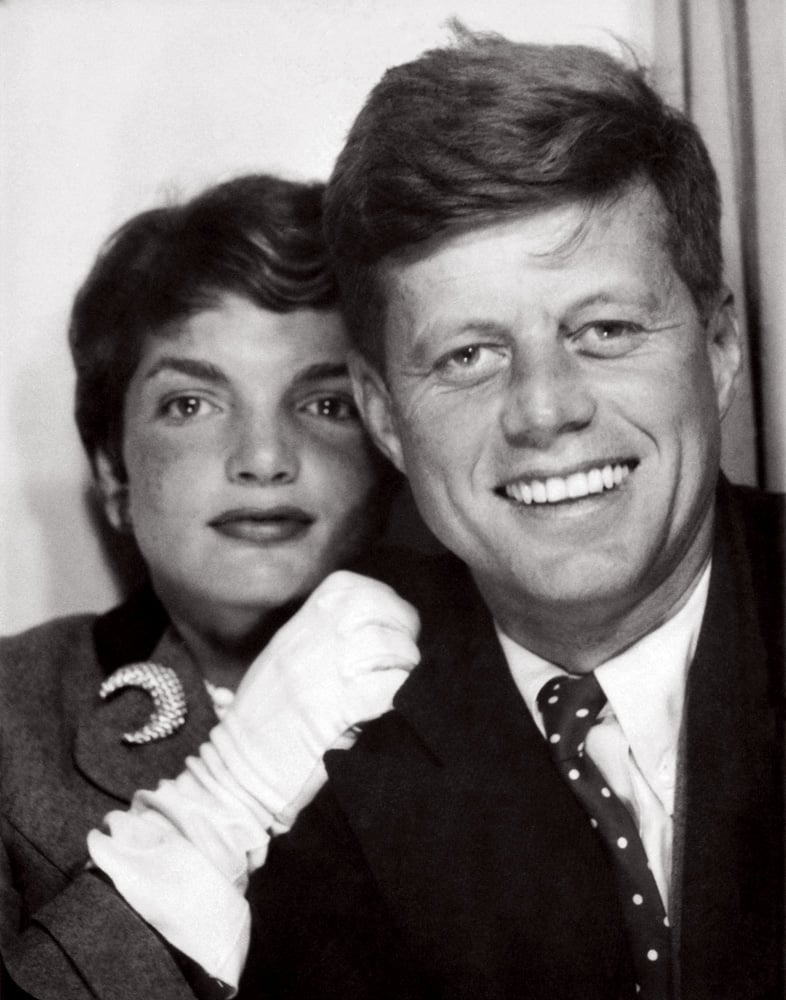
John F. Kennedy and Jacqueline Lee Bouvier in a photobooth (circa 1953). Courtesy of the John F. Kennedy Presidential Library and Museum
13. “American Visionary: John F. Kennedy’s Life and Times” at the New-York Historical Society, June 23, 2017–January 7, 2018
President John F. Kennedy would have turn 100 this year, and the New-York Historical Society is celebrating with an extensive exhibition of both private and public photographs of his life and career. The show is based on Stephen Kennedy Smith and Douglas Brinkley’s new book, JFK: A Vision for America, and features family snapshots as well as images by important photojournalists and documentary photographers such as Ed Clark, Lisl Steiner, Ralph Crane, Philippe Halsman, Ted Spiegel Jacques Lowe, Lawrence Schiller, Steve Schapiro, and Sam Vestal.
The New-York Historical Society is located at 170 Central Park West at Richard Gilder Way (West 77th Street) and is open Tuesday–Thursday and Saturday, 10 a.m.–6 p.m.; Friday, 10 a.m.–8 p.m.; and Sunday, 11 a.m.–5 p.m. General admission is $20.
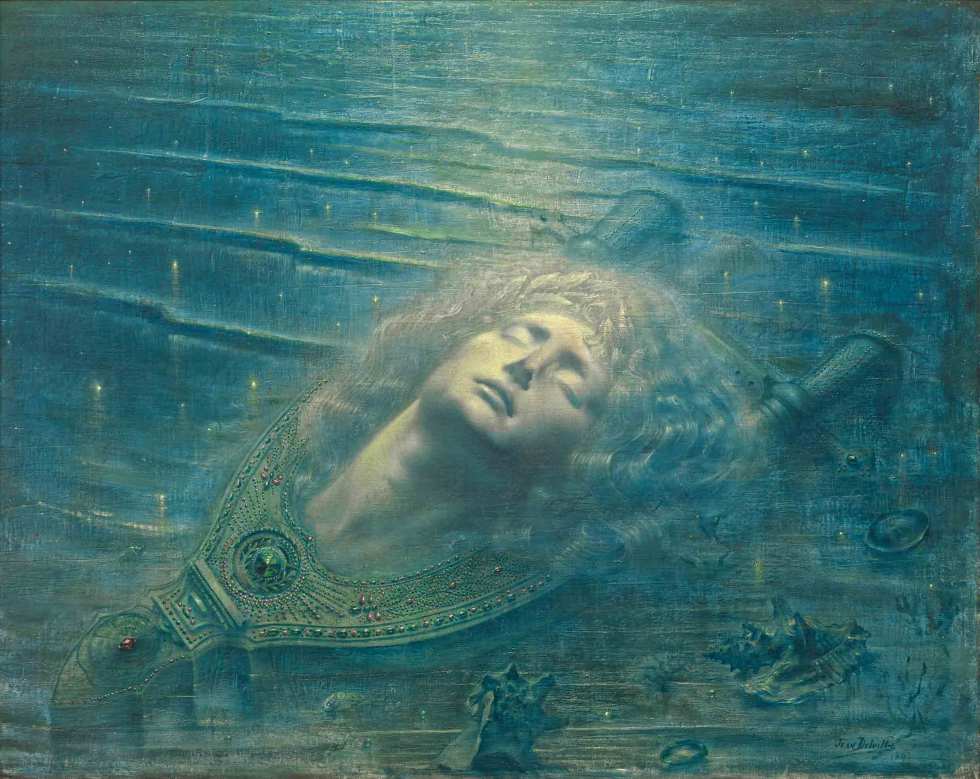
Jean Delville, The Death of Orpheus (Orphée mort), 1893. Courtesy of the Royal Museums of Fine Arts, Belgium © 2017 Artist Rights Society (ARS), New York/SABAM, Brussels.
14. “Mystical Symbolism: The Salon de la Rose+Croix in Paris, 1892–1897” at the Solomon R. Guggenheim Museum, June 30–October 4, 2017
The Guggenheim revists the Salon de la Rose+Croix, an annual Parisian exhibition begun by author and critic Joséphin Péladan in 1892. Featuring artists from all over Western Europe, the salon showcased the best of mystical Symbolist art, rife with images of femme fatales, androgynous figures, demons, and chimeras.
The Guggenheim is located at 1071 5th Avenue, and is open Monday–Wednesday 10 a.m.–5:45 p.m.; Friday 10 a.m.–5:45 p.m; Saturday 10 a.m.–7:45 p.m; Sunday 10 a.m.–5:45 p.m. General admission is $25.
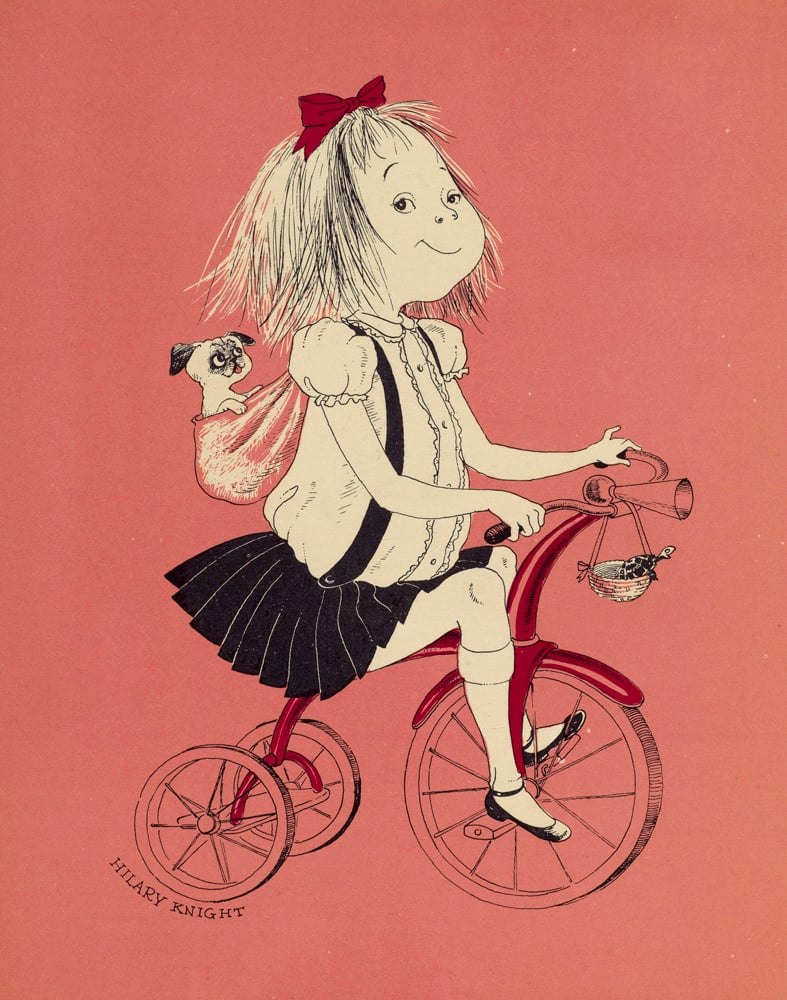
Hilary Knight, Illustration for the Plaza Hotel children’s menu. (1957–58). Courtesy of the collection of Hilary Knight, © Kay Thompson.
15. “Eloise at the Museum” at the New-York Historical Society, June 23–October 9, 2017
Beloved New York icon and children’s book character Eloise, created by author, actress and musician Kay Thompson and brought to life by illustrator Hilary Knight, stars in an exhibition dedicated to her timeless exploits at New York’s Plaza Hotel. The show originated at the Eric Carle Museum of Picture Book Art in Amherst, Massachusetts—which also organized the museum’s 2014 Madeline exhibition—and contains everything from original manuscripts to vintage Eloise dolls.
The New-York Historical Society is located at 170 Central Park West at Richard Gilder Way (West 77th Street) and is open Tuesday–Thursday and Saturday, 10 a.m.–6 p.m.; Friday, 10 a.m.–8 p.m.; and Sunday, 11 a.m.–5 p.m. General admission is $20.
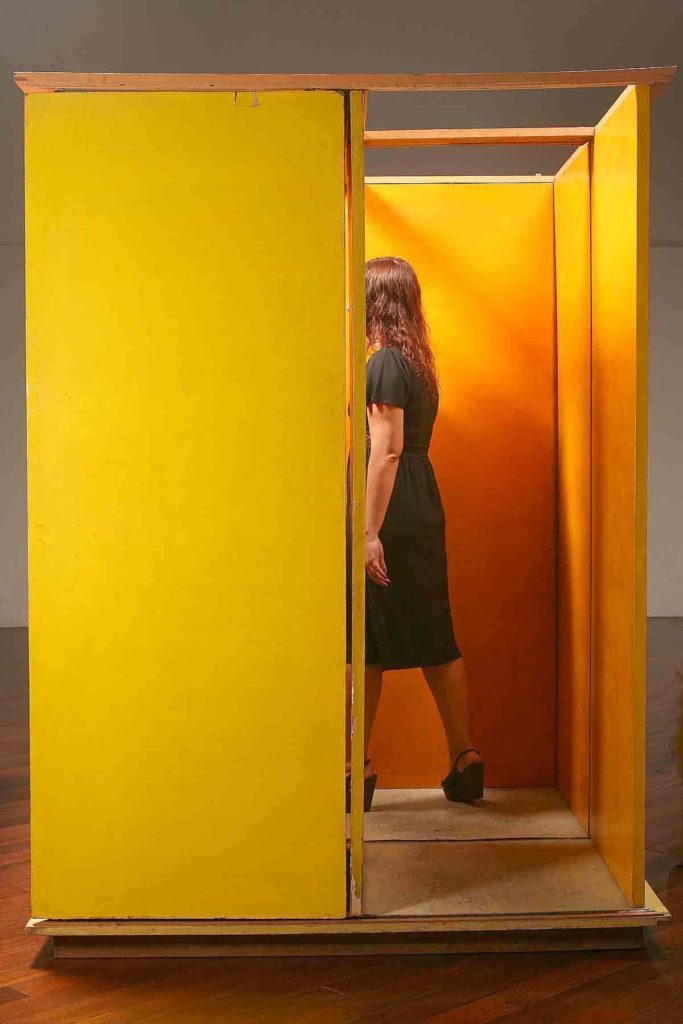
Hélio Oiticica, PN1 Penetrable (PN1 Penetrável) (1960). Courtesy of the César and Claudio Oiticica Collection, Rio de Janeiro. © César and Claudio Oiticica, Rio de Janeiro.
16. “Hélio Oiticica: To Organize Delirium” at the Whitney Museum of American Art, July 14–October 1, 2017
Groundbreaking Brazilian artist Hélio Oiticica (1937–1980) gets his the first full career retrospective, featuring paintings, interactive sculptures, films, audiovisual works, writings, and environments. Beginning as a part of the Neo-Concrete movement and latest known for his innovative environmental installations, Oiticicia is among Latin America’s most influential Postwar artists.
The Whitney is located at 99 Gansevoort Street, New York, and is open Sunday, Monday, Wednesday, and Thursday, 10:30 a.m.–6 p.m.; and Friday and Saturday 10:30 a.m.–9 p.m. General admission is $22.

Derek Fordjour, Figure with Horn (2017). Courtesy of the artist.
17. “PARADE: Derek Fordjour” at the Sugar Hill Children’s Museum of Art & Storytelling, July 27, 2017–January 18, 2018
Following a yearlong residency program, Derek Fordjour, the breakout star of this year’s Dallas Art Fair, is transforming the Sugar Hill Children’s Museum into an immersive multimedia installation featuring his colorful, textured collages, sculptures, and other work. The show is curated by Manon Slome of No Longer Empty, which helped arrange the residency and inaugurated the museum’s home, a David Adjaye-designed apartment building, with their 2014 exhibition “If You Build It.”
The Sugar Hill Children’s Museum of Art & Storytelling is located at 898 St. Nicholas Avenue at West 155th Street and is open Thursday–Sunday, 10 a.m.–5 p.m. General admission is $7.
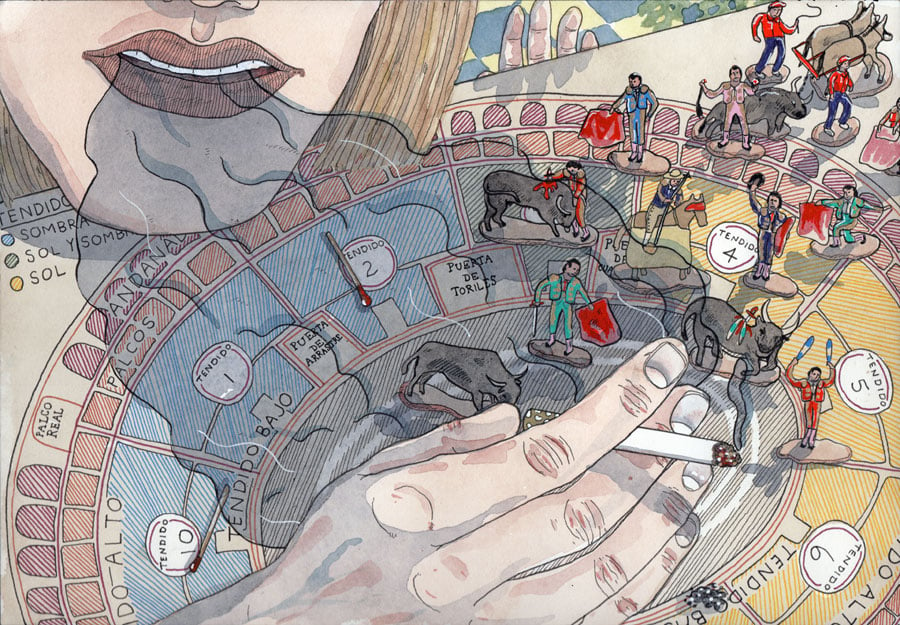
Jennifer May Reiland, Blowing Smoke (after Bolaño), 2015. Courtesy of the Drawing Center.
18. “Where Do We Stand” at the Drawing Center, August 3–September 17, 2017
The 36 participants in the Drawing Center’s two-year residency program, Open Sessions, will have their second group exhibition. Expect work that is not limited by the confines of the page, incorporating traditional drawing into video, sculpture, photography, and installation.
The Drawing Center is located at 35 Wooster Street, New York, and is open Wednesday and Friday–Sunday, 12 p.m.–6 p.m.; and Thursday, 12 p.m.–8 p.m. General admission is $5.
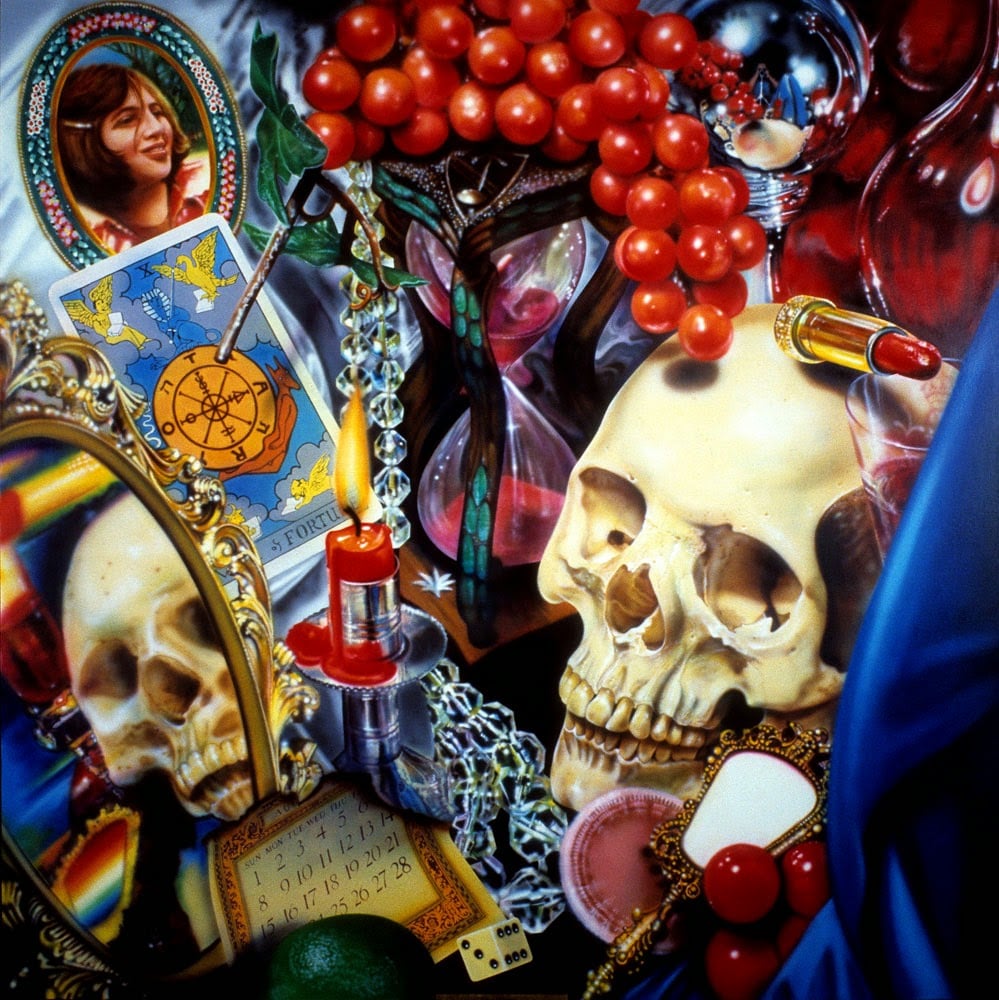
Audrey Flack, Wheel of Fortune (1977–78). Courtesy of Parrish Art Museum, Water Mill, New York, gift of Louis K. and Susan P. Meisel.
19. “From Lens to Eye to Hand: Photorealism 1969 to Today” at the Parrish Art Museum, August 6–October 15, 2017
Was the Photorealism movement, with its return to representative art, a betrayal of the advancements made by American Abstractionism? In this exhibition of 73 works, the Parrish makes a case for the importance of the movement, which got its start in New York and California in the late 1960s, casting artists such as Robert Bechtle, Audrey Flack, and Richard McLean as trailblazers.
The Parrish Art Museum is located at 279 Montauk Highway Water Mill, New York, and is open Saturday–Monday and Wednesday 10 a.m.–5 p.m.; and Friday 10 a.m.–8 p.m. General admission is $12.